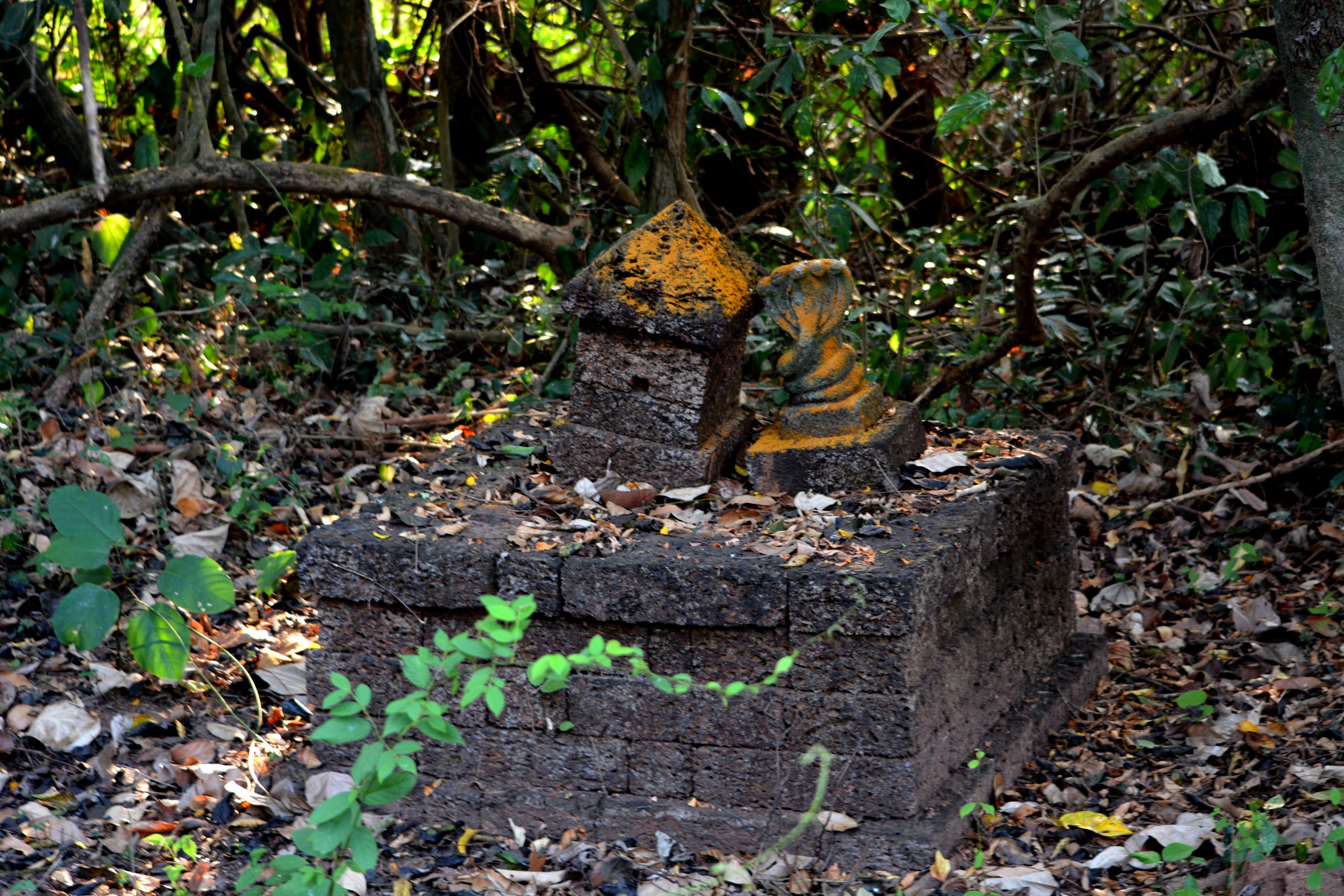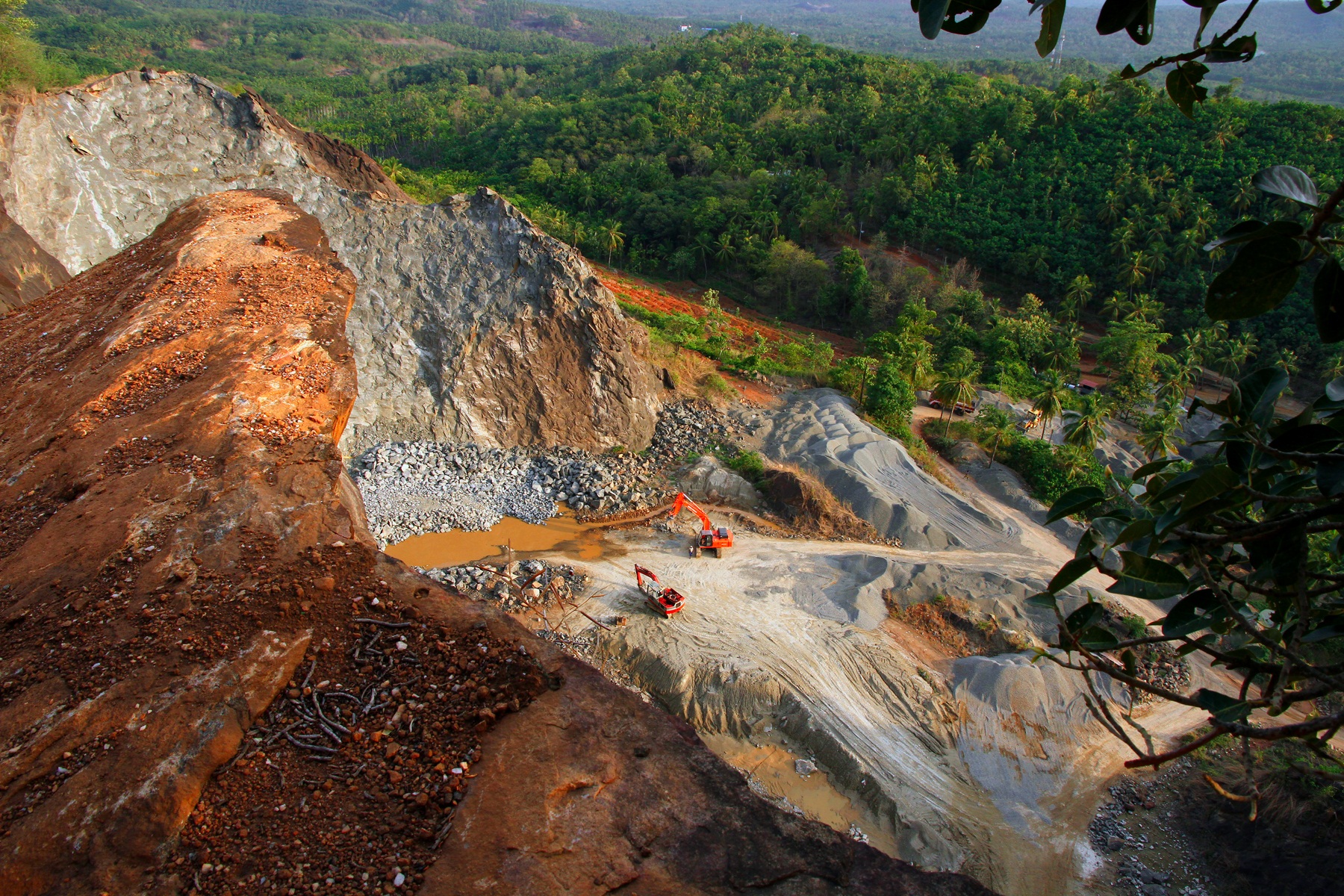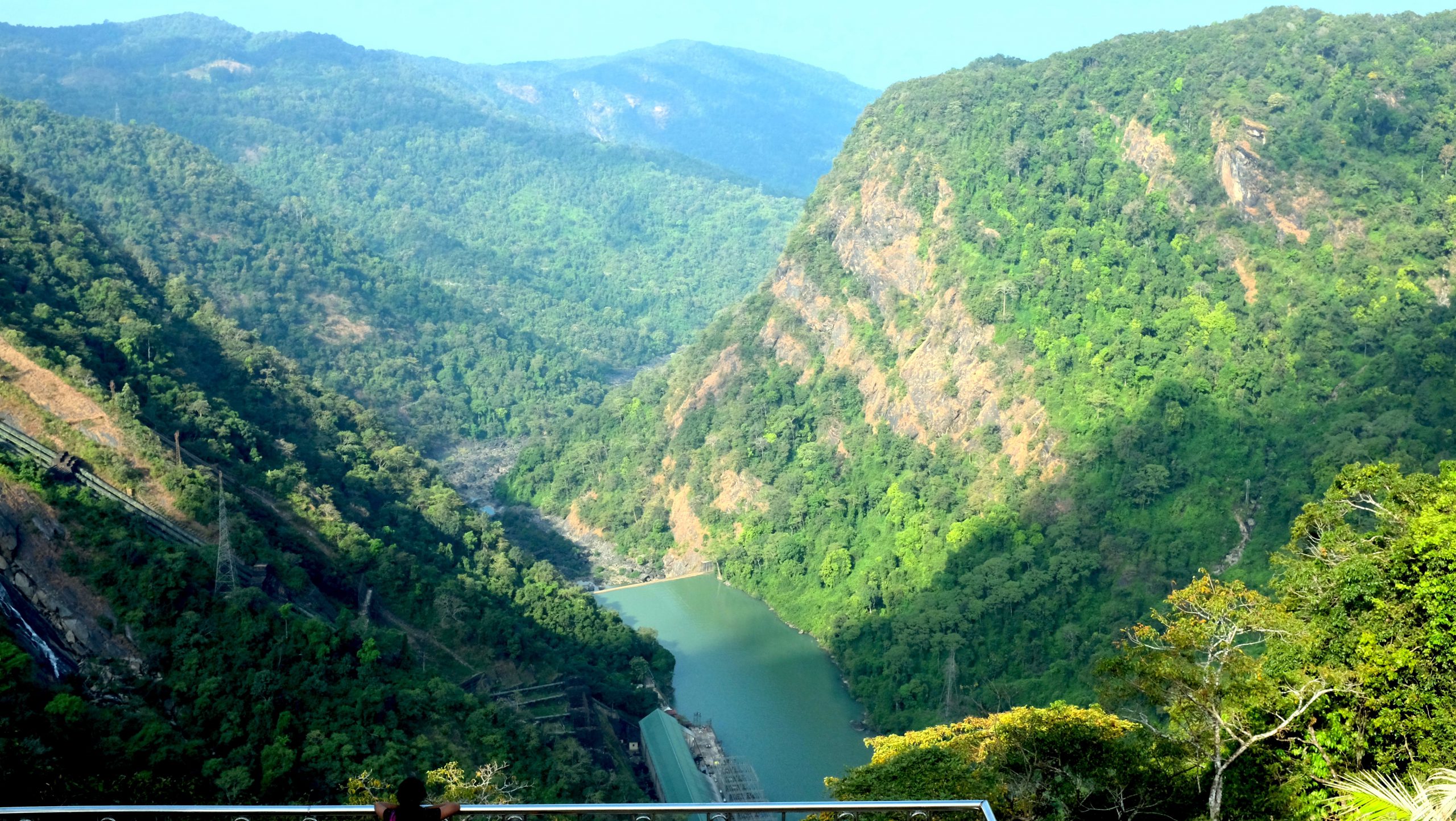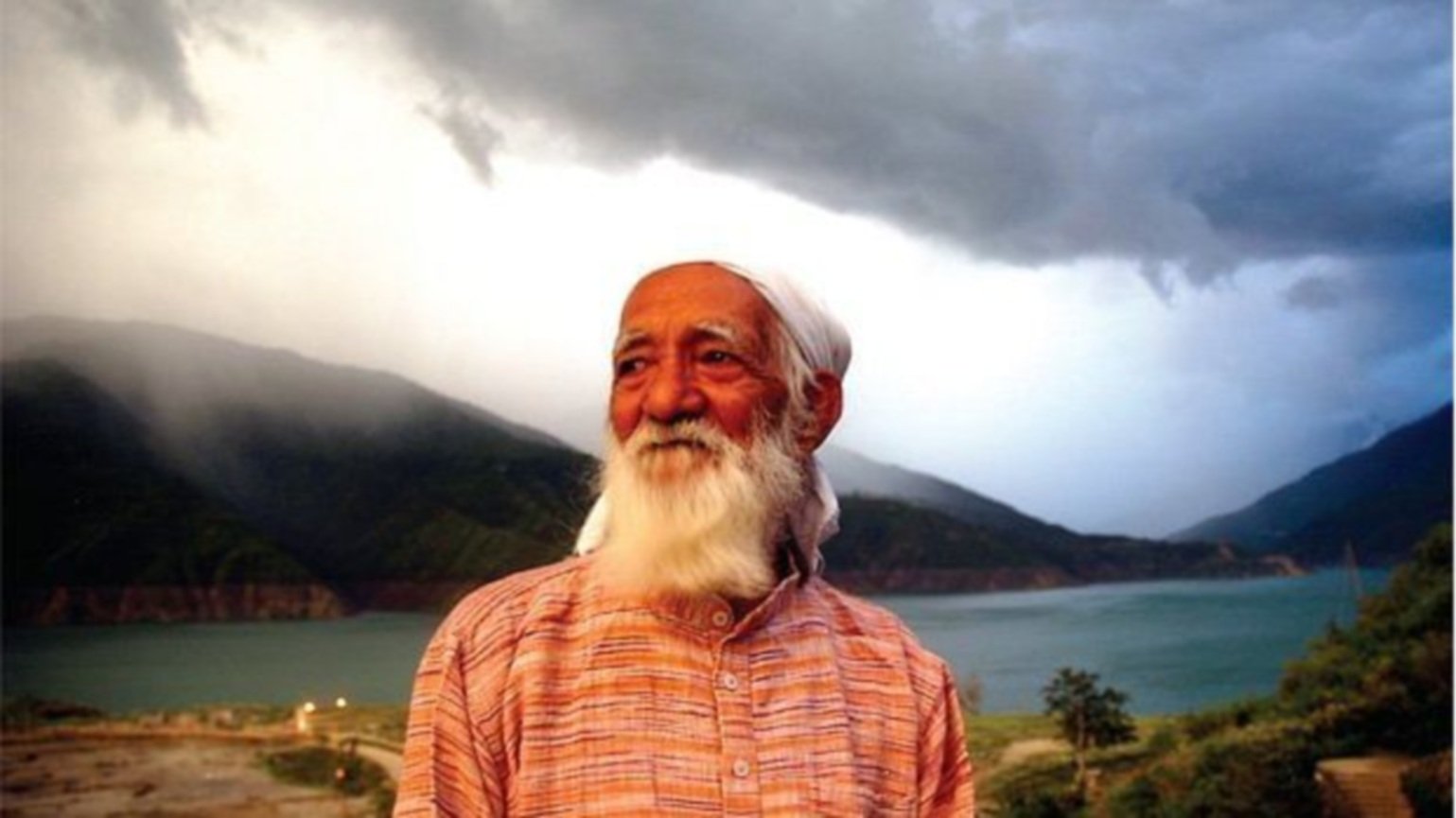“New Commission for Air Quality Management or EPCA 2.0?” – Part I

Delhi NCR is infamous for its winter season owing to the ominous presence of the worst smog globally. The conditions do not seem to improve despite the critical festival season and the stubble burning season having passed. This has been a pressing concern for decades with governments and agencies still beating the bush around blaming everything but Delhi’s internal factors. An Environment Pollution (Prevention and Control) Authority (EPCA) was formulated back in January 1998 under the mandate of the Supreme Court for ‘improving the quality of the environment and preventing, controlling and abating environmental pollution’ in Delhi NCR. Framed under the Environment (Protection) Act, 1986 (hereinafter ‘EPA’), EPCA was initially meant to exist for a period of two years but got renewed and reconstituted right until it was rendered defunct by the new Commission for Air Quality Management (hereinafter CAQM) last year.
The scope of EPCA’s authority was – issuing directives and taking all necessary measures to bring down vehicular pollution, noise pollution, and dealing with environmental issues that plagued Delhi NCR in general. Headquartered in New Delhi, submitting annual reports to and being under the supervision of the Central Government, the EPCA had a lot in common to the new super-commission.
What is CAQM?
Series of events that brought CAQM to fore were set into motion by a PIL – Aditya Dubey v. Union of India – which sought the Supreme Court’s intervention to curb and regulate the stubble burning in Delhi-NCR, which was reportedly highest this year. The Court apart from a slew of directions to the State Governments and the local police, also constituted a single member commission headed by retired Justice Madan B. Lokur to enable better strategizing with the agencies in NCR and adjoining States. This however, was put in abeyance, as the Union Government confirmed the Court that a statute dedicated to Air Quality Management in Delhi NCR was under consideration.
On 28th October 2020, President Shri Ramnath Kovind, promulgated an ordinance establishing the Commission for Air Quality Management in National Capital Region and Adjoining Areas with the objective of comprehensively tackling air pollution in Delhi-NCR region. Broadly the strategy being, forming a powerful and independent statutory body that enhances coordination between and participation of – all States and stakeholders in the assigned region. With exclusive jurisdiction over Delhi NCR, including areas in Haryana, Punjab, Uttar Pradesh and Rajasthan (‘adjoining areas’), the CAQM will work in tandem with Central Pollution Control Board and the State Pollution Control Boards in the region.
The CAQM isn’t the only over-hyped recent initiative by the Central Government. In 2019, the National Clean Air Programme (NCAP) was adopted as a Central policy to reduce PM concentrations by 20-30% by 2024 in 102 designated cities. The list of cities includes Delhi (NDMC region only) and under the Smart City Mission of NCAP, city-specific plans are made and monitored by the Steering Committees at both Central and State level, Monitoring Committee and the Implementation Committee. Ironically, however the National Capital has not yet made it to the list of 28 cities that got funding under the Policy in the past year. The budget allocated towards NCAP for the year 2020 was INR 4400 Crores but hardly nine cities have marked their budgetary allocations. While on one hand provisions under national statutes like the Air Act 1981 and Environment (Protection) Act, 1986 remain under-implemented, newer bodies and legislations are cropping up quite frequently.
CAQM Composition – A bureaucratic ensemble
A longtime allegation was that EPCA had retained the same Chairman, Dr. Bhure Lal (a former bureaucrat) for all 22 years of its existence. The CAQM has however, has fixed 3-year tenure for the Chairman and all its members, or until age of 70, whichever comes earlier [Section 6]. Along with a Chairman and ex-officio members from Union Environment Ministry and respective State’s environment departments, appointment of 3 full time independent technical members and 3 NGOs which have special experience in tackling air pollution has been made mandatory. Other Union Ministries like Road and Transport, Power, Housing and Urban Affairs, Petroleum, Agriculture and Commerce may also be given seat as ‘Associate Members’ at the discretion of the Commission [Section 3].
Currently, Dr. M M Kutty, former Secretary, Ministry of Petroleum and Natural gas and former Chief Secretary of Delhi, has been appointed as the Chairman of CAQM. Other permanent members include Joint Secretary MoEFCC, Arvind Nautiyal, and two full time technical members – Ramesh K.J, former DG IMD and Professor Mukesh Khare of IIT-Delhi. Ex-officio members such as Dr. Ajay Mathur (DG TERI), representative of the Secretary, MoEF, Chief Secretaries/Secretaries-in-charge of environment protection from Delhi, Haryana, Punjab, Rajasthan and Uttar Pradesh, representative from Niti Ayog and two technical members, from CPCB and ISRO. Of the three designations, one NGO ‘Air Pollution Action Group’ has been appointed. The Commission has already begun consultation with stake holders to reign in the issue and is confident that, ‘the most acceptable and suitable solution for air quality improvement would emerge, definitely by next year’.
This super commission, packed with personnel of stellar credentials, seems promising, but runs the risk of being high-handed in its approach. With no requirement of previous experience/portfolio in the field of environment/air pollution, apart from the Agriculture Ministry no other health or welfare related agency, or for that matter human rights commission has been included in the composition. On the other hand, Ministry of Power, Housing and Urban Affairs, Road Transport and Highways, and Petroleum and Natural Gas may be engaged. One look at the composition makes it look like a bureaucratic ensemble with least independence or accountability.
A Central law with a regional approach
The CAQM has jurisdiction over Delhi-NCR and the ‘adjoining areas’ i.e., those areas of Punjab, Haryana, Rajasthan and Uttar Pradesh, which are recognized as source of air pollution due to various factors (and not just stubble burning). It is unclear why the Centre has missed a chance of enacting a holistic statute that covers all cities along the Indo-gangetic air-shed, albeit with a special focus on Delhi NCR. There is a long pending need for resolving air pollution for these cities which in their own right need dire attention.
The Statement of objective of the Ordinance, on a simple reading comes across as a confused preface as it first states that the Commission aims to be a permanent solution for tackling air pollution in NCR and the adjoining areas but later tasks its sub-committees with the job of alleviating the air-pollution problems of only the NCR region. Since the NCAP already recognizes that the entire Indo-Gangetic region faces critical levels of air pollution, the current statute should have been made with clearer intentions of tackling the issue of this entire region.
Environment is a subject upon which only the Centre has the power to legislate. This works as a handicap. Also, recourse to this new Commission would lie only if the impact is on NCR and adjoining areas, but not otherwise or the other way round. Another irony is that when all the composite bodies are government’s own how will a complaint lie against themselves and how will they take action against themselves.
A good reading of the Ordinance is only revealing that this super-body CAQM is a poor copy of EPCA. The second piece in this series will continue analyzing the statute on various other accounts.







